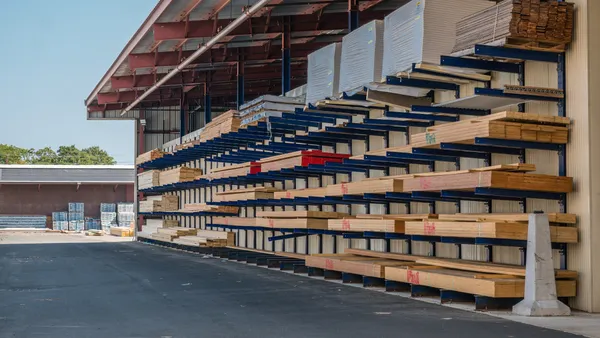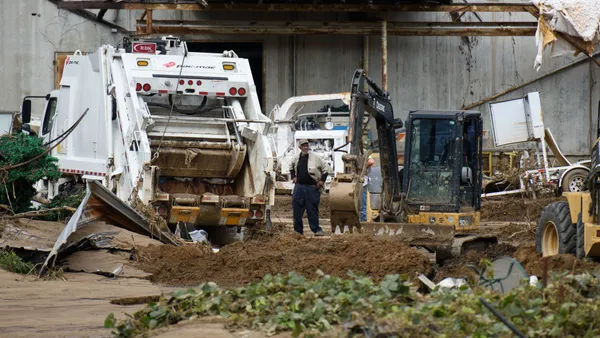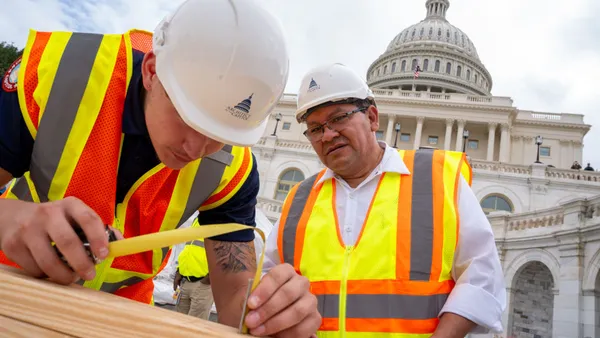Dive Brief:
-
As rents climb, the margin between the cost of owning a home and the cost of renting one continues to narrow, making the present favorable to those looking to purchase in some of the country’s largest metros, according to the latest take from a national index kept by Florida Atlantic University and Florida International University.
-
The fourth quarter 2016 Beracha Hardin & Johnson Buy vs. Rent Index found that buying a home is currently more favorable than renting one in 15 of the 23 cities measured, in particular Chicago, Cleveland, Detroit and St. Louis. The index considers home values and rental investment costs.
- In Dallas, Denver and Houston, however, the gap between renting and buying was considerably starker in favor of renting due primarily to elevated for-sale home prices there.
Dive Insight:
Real estate economist and index co-author Ken Johnson said in a statement that while the ability for buyers today to qualify for and finance the purchase of a home is not a given, the market overall is “more in line with what we’ve seen historically.”
Still, pockets of high home-price appreciation have some economists concerned. Co-author Eli Beracha noted in the same release that index scores on par with those currently being recorded in Dallas, Denver and Houston have, in previous cycles, been followed by a crash.
Home-price appreciation nationwide has begun to taper, but the growth trend is far from over and is instead shifting from the West Coast to the South. A recent report from the Texas Association of Realtors posted the highest level of home price and sales growth in the state for the second-straight year, citing Dallas and Houston as markets where growth was considerable.
The latest CoreLogic Home Price Index put U.S. home values up 0.7% from December to January and ahead 6.9% year-over-year — slightly slower than the rate of growth recorded in previous months. Still, seven states experienced gains ahead of the national average, including Washington (10.8%), Oregon (10.3%), Colorado (9.1%), Idaho (9.0%), Florida (7.3%) and New York (7.1%).
Other industry observers are less fearful that the bubble will bust and instead are forecasting a slowdown in price growth as more inventory, particularly in the single-family new construction category, comes online. Moody’s Analytics Chief Economist previously told The Washington Post that even with the current climate of elevated home prices, a collapse is less likely as the growth is occurring in tandem with renewed income growth and more stringent lending practices.
For more housing news, sign up for our daily residential construction newsletter.













